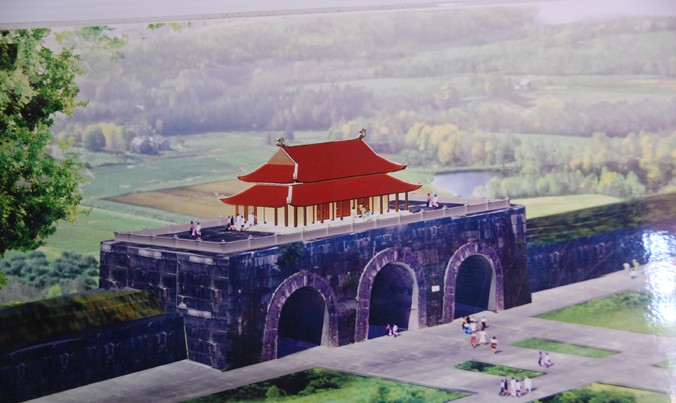 |
| Model of the South Gate Watchtower of Ho Citadel. |
TP - Ho Dynasty Citadel was recognized by UNESCO as a World Cultural Heritage site exactly five years ago. The unique and majestic stone citadel has stood the test of time for more than 600 years.
It always feels strange, because there are countless works such as citadels, temples, shrines, and other tangible and intangible objects that have stretched throughout the feudal dynasties of Dai Viet, but UNESCO has paid attention to a work of a king who reigned for only 7 years. And that king, Ho Quy Ly, has been the head of a dynasty for hundreds of years, and historians have not hesitated to curse him as a traitor and illegitimate! The grand and proper story like the Complete Annals (Complete Annals of Dai Viet) that historian Ngo Si Lien did not hesitate to write and separate a period (chapter) called Nguoi Ho! Yet the United Nations Educational,Scientific and Cultural Organization did not take that as an issue, although late but wisely honored Thanh Ho as a World Cultural Heritage. It was as if that action was a gesture of exonerating the author of Thanh Ho - Ho Quy Ly. The author? Of course not! Let's go back to a passage in the official history. It was still written like this in the Complete Annals . In the spring of Dinh Suu year, Quang Thai era tenth year, that is, January 1397, Ho Quy Ly sent Minister of Personnel and Grand Preceptor Do Tinh to survey the land and then measure An Ton Phu Thanh Hoa cave, build a rampart, dig a moat, establish an ancestral temple, erect an altar for the land, and open streets with the intention of moving the capital. The work will be completed in three months. The work will be completed in three months! With that phrase in the Complete Book, Ho Quy Ly planted a difficult doubt in posterity. Because of the stature of the Far East Antiquities in the French period, to the Archaeology of the new regime, experts struggled for many years with a lot of money but still could not decipher the work that could be completed in three months . In the 1990s, with the help of Chieu Hoa University (Japan), that phrase still seemed to continue to be a challenge through the long series of research and excavations to explore Ho Citadel. That time, I was lucky to repeat the action of looking up like a kite flyer, watching the kite of Ms. Katherine Muller Marin, Head of UNESCO Representative Office in Vietnam. At that time, Ms. Katherine Muller Marin led dozens of diplomats to inspect the site of Thanh Ho Citadel. When looking up like that, she repeatedly uttered two mysterious words to the diplomats! The mystery of designing and constructing a citadel with a perimeter of 4 square kilometers, 10 meters high and 4 arches in three months! The mystery of combining thousands of square and rectangular stones and slabs (the large stone is 5.1 meters long, 1.59 meters wide and 1.3 meters high) in 20 thousand cubic meters of stone. Ms. Katherine Muller Marin said as if lamenting, the strange and also the wonder of building the 4 arches of the citadel, combining orange-shaped stone blocks for the towering arches without using any material to bind them together? Then the mystery of where such a large amount of stone came from? How was it transported? etc. Suddenly remembering the night of receiving the Heritage certificate, before the crowds of guests, like a faithful surprise, Ms. Katherine Muller Marin also repeated two mysterious words on that sacred night. Today, returning to Thanh Ho. Meeting Dr. Do Quang Trong, Director of Thanh Ho Monument Conservation Center. The director position that many people jokingly said was that he was the keeper of Thanh Ho Sacred Temple. Suddenly remembering, Dr. Trong had sweaty palms when he directly followed the progress of the morning session on June 27, 2011, the 35th Conference of the UNESCO World Heritage Committee held in Paris, France, how Thanh Ho was recognized as a World Cultural Heritage. ... I quickly wrote down in the notebook that the few events over the past 5 years named Heritage are also the commitment of Thanh Hoa Provincial People's Committee to UNESCO. Specifically, the entire protected area I of Thanh Ho Heritage including Thanh Noi, La Thanh, and Dan Nam Giao have now been demarcated for protection by boundary markers; Regulations to control the height of construction works in the Heritage buffer zone. Then, a specific plan to preserve the intact landscape of mountains and rivers of the buffer zone, the provincial chairman has decided to revoke the licenses of mineral mines. A project has been established to build a waste treatment station (outside the buffer zone) using modern technology. Thanh Hoa has coordinated with Japanese experts to survey, develop a project and implement the construction of a digital satellite map using the global information system (MAP GIS) for the Heritage. ... I focused on Dr. Trong to listen more closely to the discovery and research of the technique of building large stone walls, a mystery that Ms. Katherine Muller Marin had wondered and wondered about. A matter that director Trong considered to have been raised by domestic and foreign researchers for many decades of the 20th century but still had no satisfactory answer. Only after receiving the Heritage certificate, domestic and foreign scientists found many answers to the above questions such as: The origin of the stone used to build the wall; The excavation results revealed that An Ton mountain (Vinh Yen commune) near Thanh Ho is the site of stone mining for the construction of Tay Do citadel. After An Ton site, a series of other ancient stone mining sites were discovered such as Xuan Dai mountain, Nha Rong mountain, Tien Si mountain (Vinh Ninh commune), also in Vinh Loc district. Then, in 2015 - 2016, the relics of the Southern and Northern citadels were excavated and studied with an area of 5,000m2 . The recovered relics proved the existence of a large construction site for gathering, processing, and repairing stones at the foot of the citadel wall with an estimated area of 180,000m2 . In May 2016, the Center, together with experts from the International Conservation Research Agency, conducted a survey and discovered 24 technical traces (chiseled grooves) remaining on the stone slabs of the citadel wall with different sizes. These are traces of the stone mining and processing techniques of the Ho Dynasty still remaining on the large stone blocks on the citadel wall. Due to the scope of the article, it is not possible to include here all the new discoveries such as the technique of reinforcing the foundation and foundation of the citadel wall; the issue of using adhesives in the construction of large stone citadel walls; traces of different eras in the repair of the stone citadel wall...
 |
South Gate of the Watchtower South Gate of Ho Citadel
Another surprise, in 2011, the excavation project of the South Gate of Ho Citadel revealed the Royal Road built by the Ho Dynasty connecting the Citadel to the Nam Giao Altar. It is considered the most beautiful and well-preserved ancient stone road in Vietnam to date. The Ung Thanh defensive architecture was also discovered. Ung Thanh is the defensive rampart at the gate of the citadel, which was found for the first time in Vietnam. Researchers assessed this as a unique and rare architecture in our country during the feudal period, built after the Tran - Ho period; The Nam Giao Altar relic also continued to be researched and excavated with an area of 24,000m2 . The research results exceeded the expectations of scientists. A relic containing historical and cultural values related to the architectural superstructure of the Ho Dynasty has been revealed relatively clearly, with levels of altar foundations, altar walls, the King's well, the path of the gods, the kitchen, the treasury, a system of various types of drainage, animal burials and tens of thousands of artifacts of different types dating from the 14th-15th centuries... Cited as such to see, the results of scientific research over the past 5 years have partly proven and explained the big question of history: why Ho Quy Ly and his colleagues could build the Tay Do citadel in 3 months. It's not over yet. The strategic archaeological excavation research project for the period 2013 - 2020 has been approved by the Chairman of the Provincial People's Committee with an excavation area of 56,000m2 , including the following items: Moat, main hall, royal road, and city gates. Currently, the relics of the Southern and Northern Citadels are being excavated and studied. There is also a bit of a gap. Although there have been many creative ways of promoting and advertising (organized and introduced to travel agencies and tours ) in the past 5 years, the number of domestic and international tourists coming to the World Heritage Site of Thanh Ho has increased from about 20,000 in 2010 to only 100,000 in 2015. There are still many difficulties and problems. For example, the budget is still stuck, so the liberation and handover of a large part of the protected area I of Thanh Hoa Citadel has not been handed over to the Heritage Management Center. Current resources are not enough to manage, protect, preserve and promote the value of a large heritage area of 5,234 hectares including the administrative boundaries of 8 communes and 1 town in Vinh Loc district. The implementation of the master plan for the Ho Dynasty Citadel heritage site associated with tourism development has been carried out for a long time, so it has not received mechanisms and policies from the Central and local governments. Leaving Ho Dynasty Citadel, I also recorded a wish of the head of the village, Do Quang Trong, which is also the wish of the brothers and sisters at the Center, which is to request the Chairman of the Provincial People's Committee to consider and decide to approve the project to upgrade the Ho Dynasty Citadel Heritage Conservation Center under the Thanh Hoa Provincial People's Committee.I kept thinking about something that seemed off-topic, that maybe the officials and responsible agencies were also trying to find the tomb of the reformist king Ho Quy Ly, author of the Heritage of Ho Citadel, and his son Ho Han Thuong (with his talent for making cannons, who was highly regarded by the Ming Dynasty and promoted to high positions). Is the tomb in mainland China that the public had mentioned and reminded of?Source: https://tienphong.vn/bi-an-thanh-nha-ho-xay-chi-3-thang-post921425.tpo






![[Photo] Prime Minister Pham Minh Chinh attends the event "Digital transformation of the banking industry by 2025"](https://vphoto.vietnam.vn/thumb/1200x675/vietnam/resource/IMAGE/2025/5/29/0e34cc7261d74e26b7f87cadff763eae)
![[Photo] Prime Minister Pham Minh Chinh receives leaders of Excelerate Energy Group](https://vphoto.vietnam.vn/thumb/1200x675/vietnam/resource/IMAGE/2025/5/29/c1fbe073230443d0a5aae0bc264d07fe)
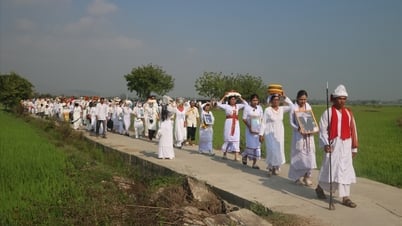
















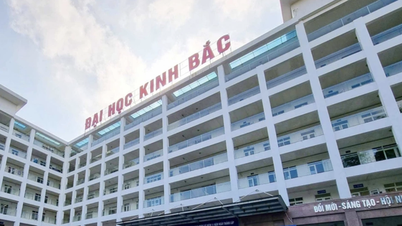


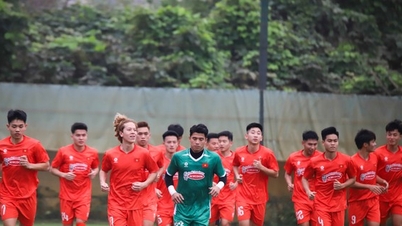
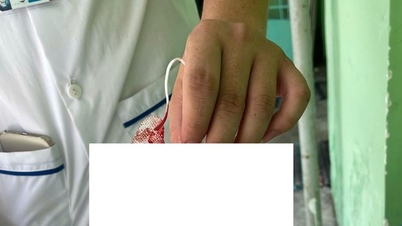
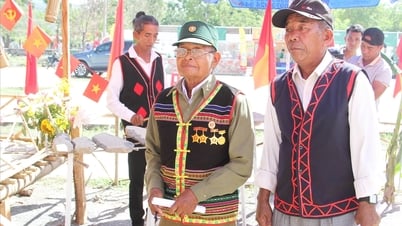


























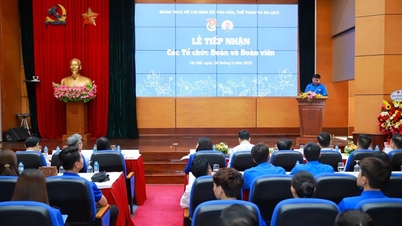
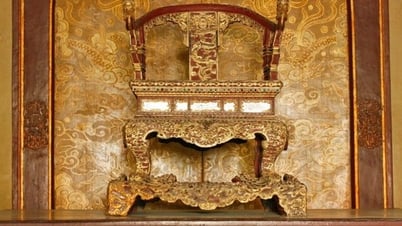







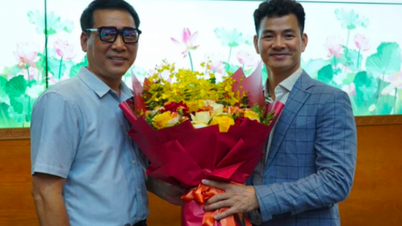



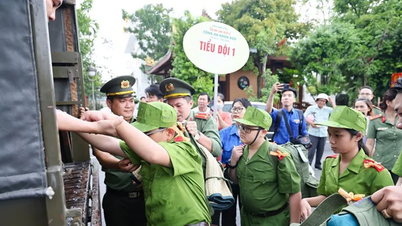
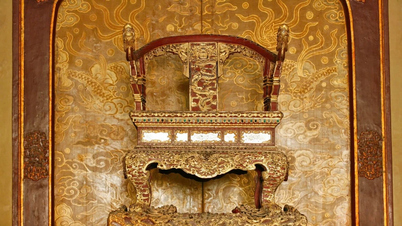














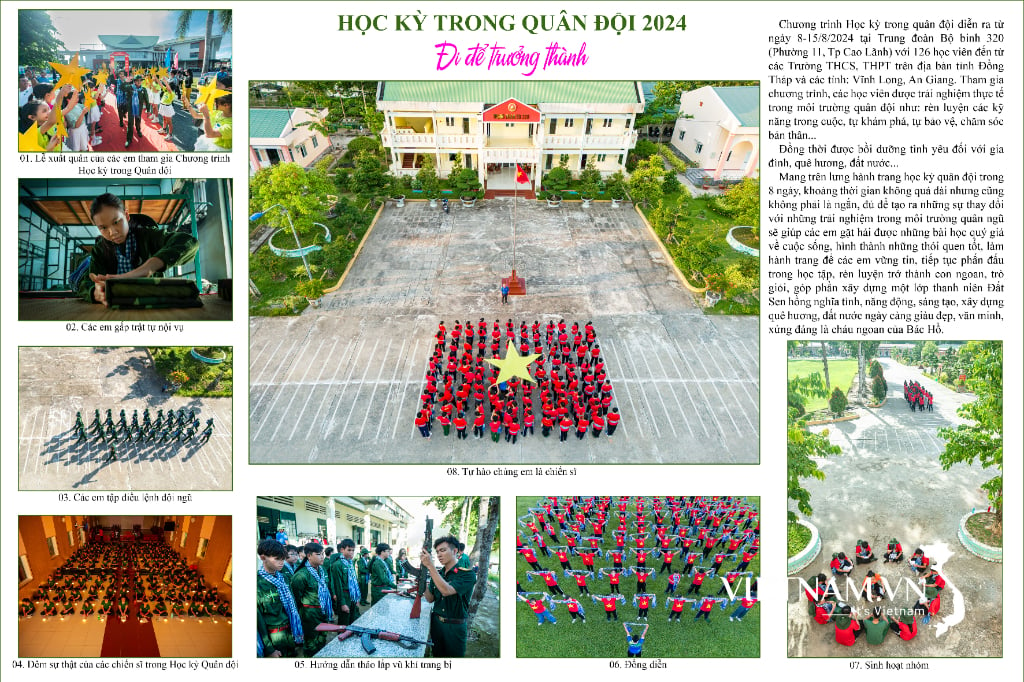
Comment (0)